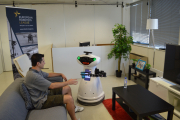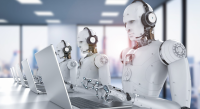Robotic Service Providers: What Are They?
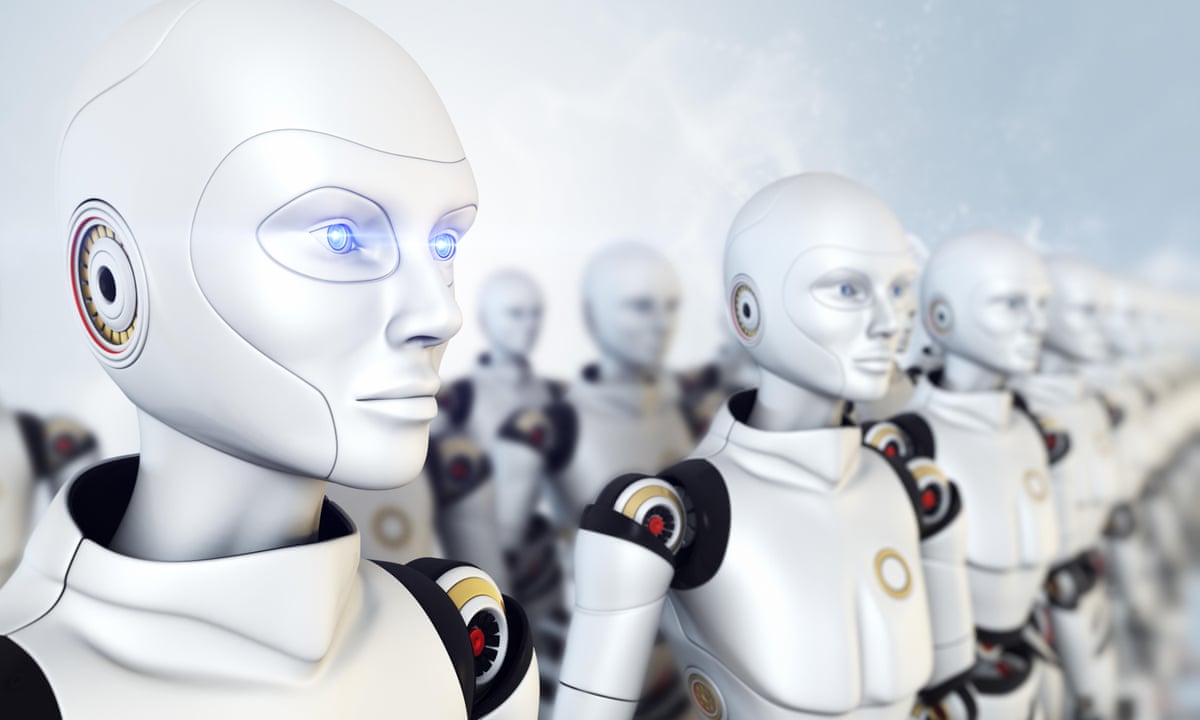
Service robots provide various kinds of human-provided services. The application of robots in the service sector involves performing tedious tasks, dirty, murky tasks, dismal, lengthy remote, dangerous, or repetitive work.
Service robotics is different from industrial robots used to automatize manufacturing processes in terms of their purpose and appearance.
Following the International Organization for Standardization, according to the International Organization for Standardization, a “service robot” is a robot that helps humans be accessible by performing various tasks for a human.
The service robot is autonomous and operates by using an internal control system that you can manually control when you need to. It can have complete as well as partial autonomy.
A robot with full autonomy can operate independently, without any involvement or active participation by a human.
Additionally, a partially-autonomous service robot is, however, works with humans to perform the job.
Service Robots: At Your Service
In the final analysis, both full-service and partial robots are more productive either way.
Certain service robots can work in hazardous environments, whereas others focus on data gathering and analysis.
A different type of robot helps improve productivity. Whatever job they perform, the ultimate goal of using service robotics is to increase productivity.
It’s that increase in productivity that robots can bring to businesses and individuals which makes the expense of their services worthwhile.
The majority of these robots can benefit businesses and industries.
They are in use in various kinds of industries, including the retail industry, the hotel, and hospitality sector, the healthcare and hospitals industry, as well as the security industry, policing, warehouse and storage demolition and rehabilitation, as well as the agricultural sector, and many more. They are used to eliminate risky and difficult tasks.
In contrast to industrial robots, service robots are developed to allow them more flexibility in responding to various situations and the environment in which they offer the service to humans.
This is why the interaction between a robot and humans becomes more complex and difficult when a service robot has to perform a service such as hair washing.
Types Of Service Robots
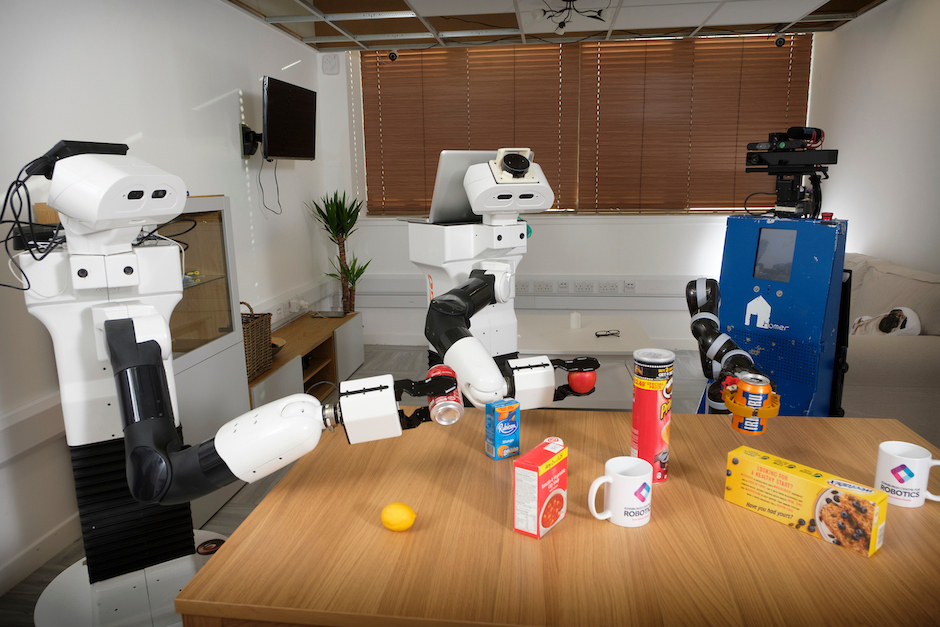
There are many kinds of robotic service assistants. They perform various types of tasks for humans.
The advancements in robotics technology provide service robots that are easier to manage and more intelligent and smarter.
They are also considerably less costly. The advantage of service robots is that they have an increased ability to adapt.
They can now be utilized for professional and personal use. Like all types of automation by robotics, Service robots often improve data collection and analysis, which can help improve business efficiency and optimization.
Service robots are currently employed across a variety of fields and areas. These include:
Retail Service Robots

Retail service robots can spot any error on labels for shelves and avoid displaying a price that differs from that displayed on the label of the shelf. They typically travel across aisles to detect errors on shelf labels with an internal camera system.
Agricultural Service Robots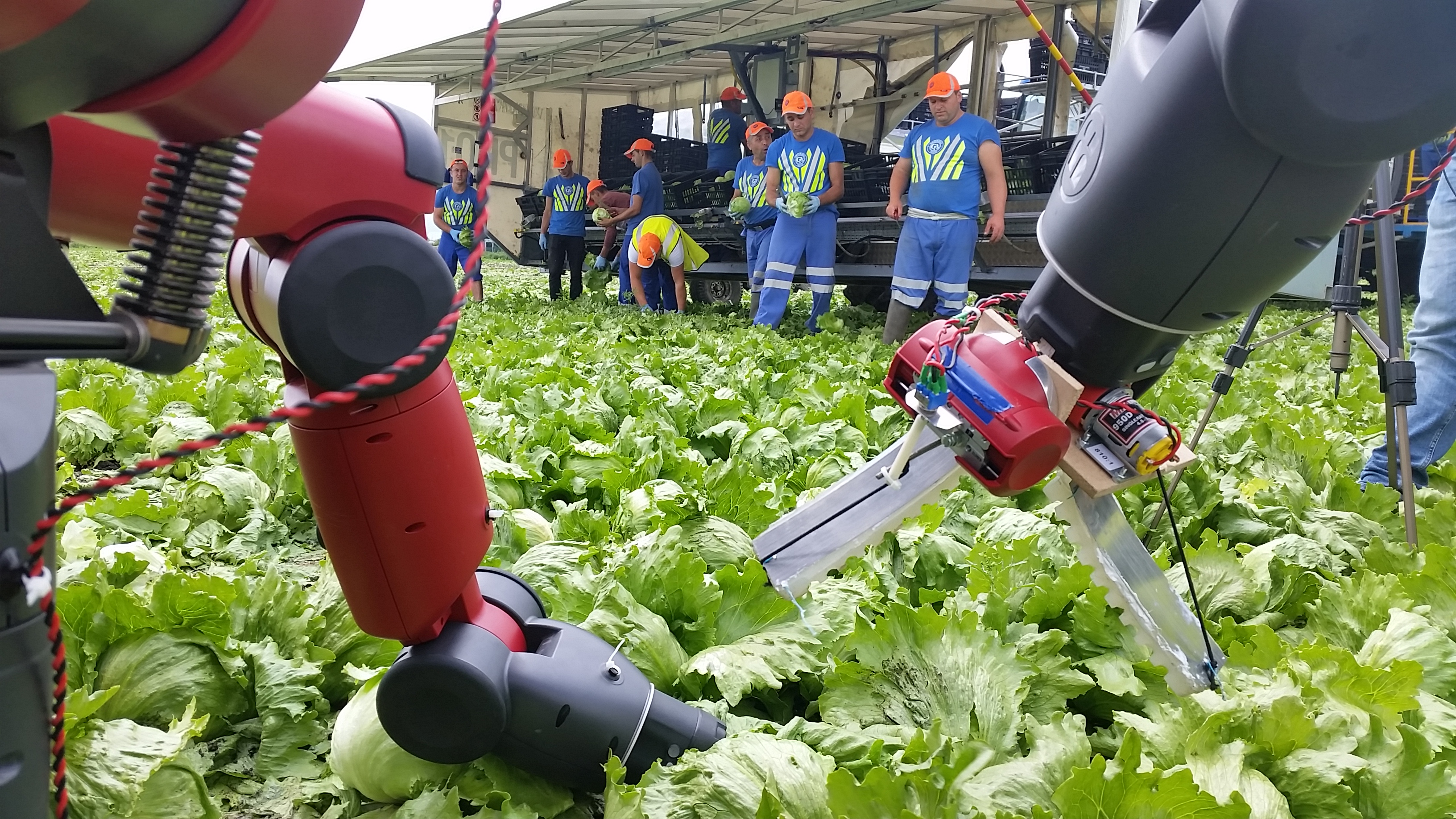
As the demand for service robots increases every day, agricultural service robots will soon help in all aspects of agriculture and farming.
Thanks to their technologically advanced sensors, they will quickly be able to apply herbicides to control weeds. They will also assist people in growing their crops and collecting and trimming trees and plants.
Front Office Service Robots
Front office service robots have computerized automated and flexible interfaces to systems that interrelate, connect and offer services to business customers.
Domestic Service Robots
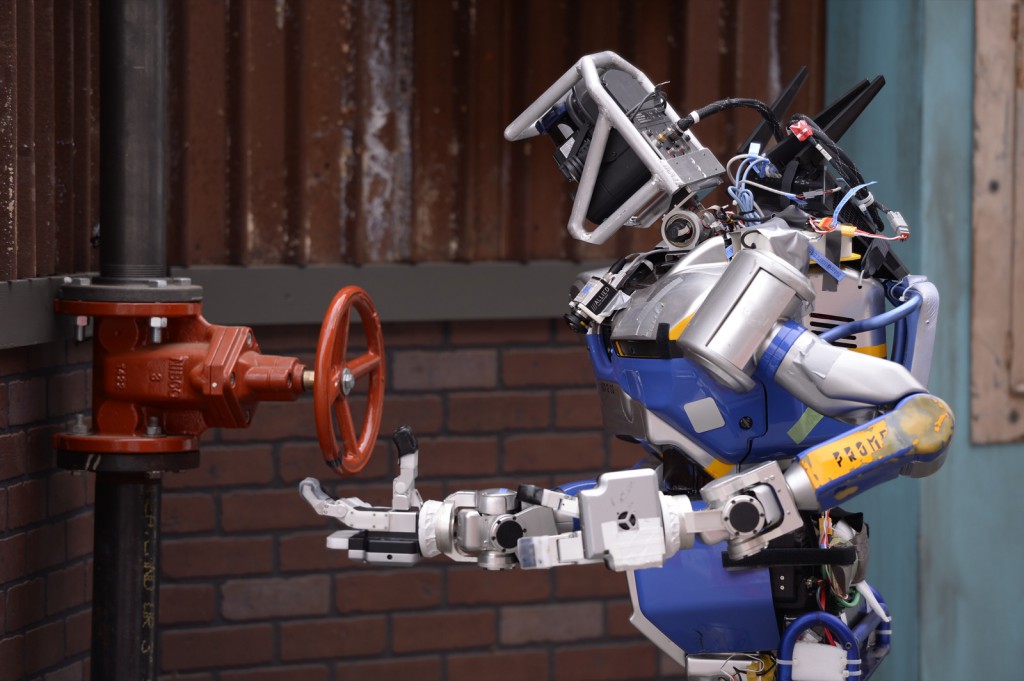
Domestic robots handle the routine tasks humans ordinarily complete outside of an industrial environment.
They can be used for household cleaning and lawn mowing and the maintenance of swimming pools.
These are especially essential for older people and those who have disabilities.
Shortly, these robots will allow those in these categories of people to live independently.
Scientific Service Robots
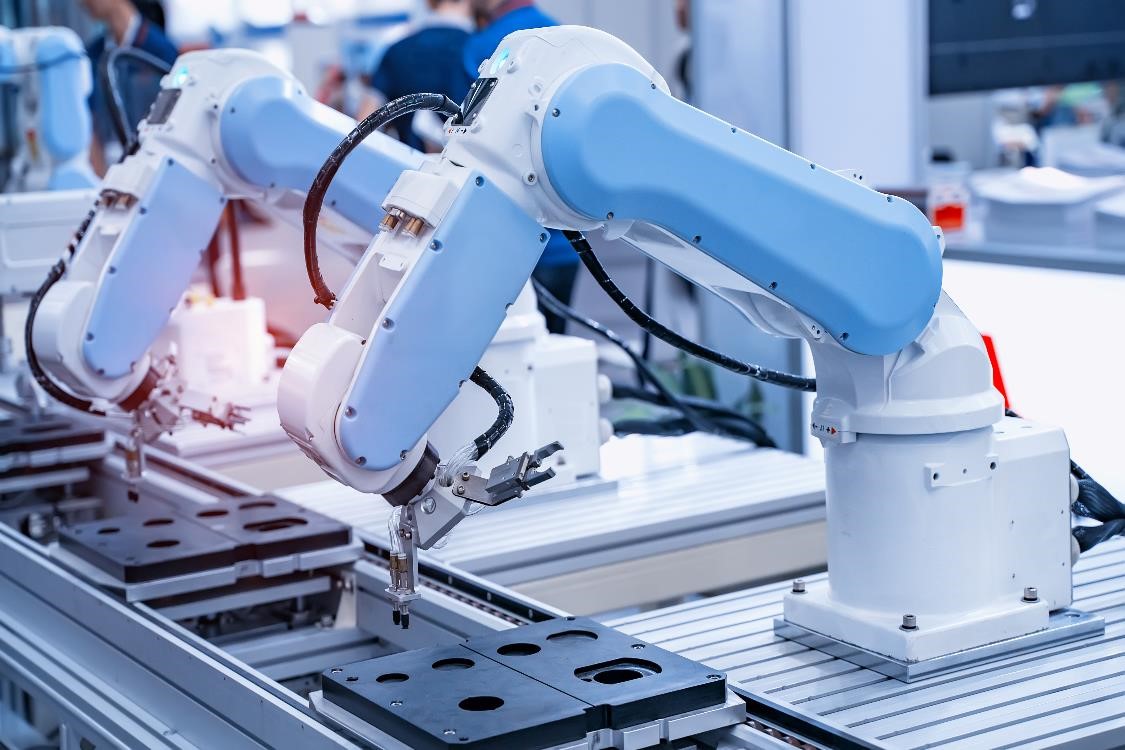
Examples of Scientific Service Robots can perform repetitive tasks commonly associated with research, such as collecting information, data analysis, and the formulation of hypotheses.
Self-contained scientific service robots can be employed to perform tasks that require humans or are not usually performed by humans. Examples include marine research as well as outer space research robots.
Event Service Robots
Service robots are slowly making their way into the industry of events. They can assist business customers and attendees at events. They provide guests at events with a wonderful experience.

